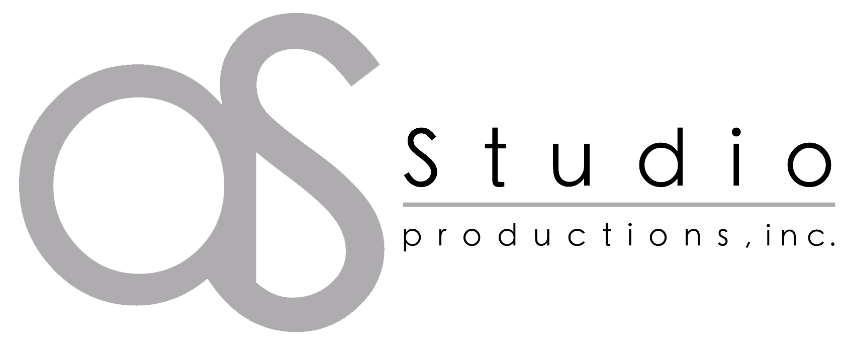Did you know that brands that use a content calendar experience 80% more consistent engagement on social media? A content calendar is your secret weapon for elevating your social media game and ensuring that your posts are organized and aligned with your business goals. Understanding how to effectively plan ahead, maintain consistency, and create varied content can drastically change your social media presence. In this post, we will delve deep into the essentials of creating a powerful content calendar and how you can optimize it for engagement.
Understanding the Importance of a Content Calendar
A content calendar is not just a tool; it's the backbone of a successful content strategy. It helps you visualize your content schedule across various social media platforms, ensuring that you have posts lined up that resonate with your audience. A well-structured calendar allows you to plan in advance for holidays, special events, and marketing campaigns that can draw more engagement.
Why Plan Ahead?
Planning ahead can save you from last-minute stress and enables creativity. Mapping out your posts allows you to identify key dates in advance. This could be anything from international days related to your business to promotional periods when you are launching a new product. For instance, you might want to create content that aligns with National Pet Day or International Women's Day if your brand promotes products relevant to these events.
Creating Your Monthly Calendar
When you begin creating your content calendar, start by selecting the format that works best for you. Whether it's a spreadsheet, a physical planner, or an app, choose a medium that allows for easy updates. Here’s a breakdown of what to include:
1. Dates: Clearly mark the dates you plan to post.
2. Content Type: Specify whether it’s an image, video, story, or blog post.
3. Topic/Theme: Outline what the post will be about. This could range from educational content, user-generated content, to promotional offers.
4. Goals: Determine what each post aims to achieve, whether it's brand awareness, clicks, or shares.
5. Metrics: Keep track of KPIs to see which posts perform best.
This organization will lead to better execution and performance analysis.
The Power of Consistency
Consistency is pivotal in maintaining an active presence on social media. Brands that consistently engage their audience see higher interaction rates. A content calendar allows you to schedule posts in advance, ensuring that you maintain a steady flow of content without having to scramble at the last moment. According to studies, consistent posting can lead to a 95% increase in follower engagement.
Scheduling Posts
Using a social media management tool for scheduling can enhance efficiency. Tools like Hootsuite or Buffer allow you to pre-schedule your posts across multiple platforms at optimal times for audience engagement. You can batch-create your content and schedule it all at once, freeing up your time for more strategic planning and execution.
Variety Is Vital
Mixing up content types is paramount to keeping your audience engaged. Utilizing a variety of formats not only caters to different audience preferences but also keeps your feed fresh. Here are some content types to consider:
- Images: Eye-catching pictures can grab attention instantly. Create carousel posts to showcase multiple images.
- Videos: Video content can boost engagement significantly. Live videos, tutorials, and behind-the-scenes looks can humanize your brand and connect on a personal level.
- Stories: Use Instagram and Facebook stories for ephemeral, behind-the-scenes, and real-time marketing. These are great for polls, quizzes, and spontaneous updates.
- Blogs: Share insightful articles that provide value to your audience. This establishes your brand as a thought leader in your industry.
- User-generated Content: Encourage your audience to share their own content related to your brand. Reposting this content builds community and trust.
Optimizing for Engagement
Every post should include a clear Call to Action (CTA). Whether you want your audience to like, comment, share, or click a link, ensure that your CTA is prominent. Techniques to promote engagement include:
1. Questions: Encourage responses by asking questions related to your post.
2. Polls: Utilize the polling feature available in stories to interact with your audience.
3. Tagging: Tagging other users can gain exposure and create community.
4. Incentives: Offer giveaways and contests to motivate participation.
Monitoring Performance
Engaging content is more than just about posting frequently; it involves monitoring what resonates with your audience. Dig deep into your analytics to track engagement rates, followers, click-through rates, and other metrics. Use this data to adjust your strategy; if certain content types yield better engagement, consider incorporating more of what works.
Tools for Analysis
Utilize tools like Google Analytics, Hootsuite, or Facebook Insights to track the performance of your content. These platforms provide valuable insights which can help shape your future content choices. Reflect on which posts performed well and why. This will guide your strategy going forward and deepen your ability to connect with your audience.
Final Thoughts
So, where do we go from here? Building an organized content calendar can majorly impact your social media strategy. It allows you to plan ahead, define goals, schedule content consistently, and promote engagement with diverse media types. Keep in mind that every piece of content should serve a purpose and speak to your audience's desires and needs.
Incorporating a content calendar into your social media strategy is not just about posting—it's about creating meaningful connections within your community and optimizing engagements that lead to business growth. Understand that your social media presence reflects your brand identity, and investing in a well-thought-out plan can change the game entirely.
To make the most of this, contact us and let us help you elevate your social media strategy! Remember, consistency, variety, and engagement are your keys to success. The journey doesn't end here—keep optimizing and adapting your strategy based on feedback. Your audience is waiting!





